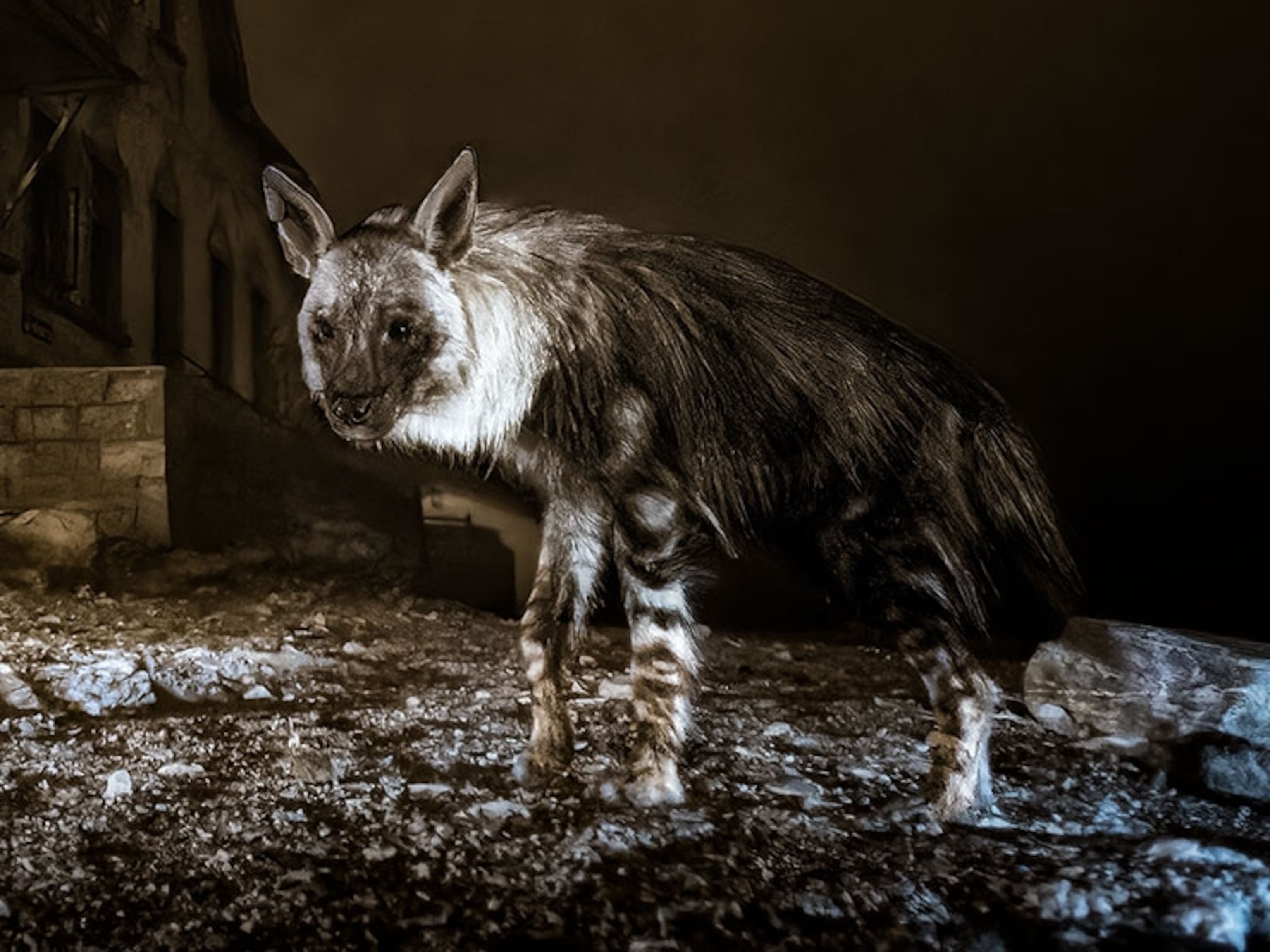
Arresting Photos Illuminate the World of Wildlife Contraband
A photographer uses artful styling to bring attention to human demand for wildlife products.
A pair of footstools made from elephant feet. A coat with matching shoes, hat, and purse made from the pelts of 20 leopards. Crates filled with bags and bags of dessicated seahorses. Britta Jaschinski’s photographs of items seized at airports and border crossings are a quest to understand what it is about the human psyche that fuels a demand for wildlife products, even as this causes suffering and, in some cases, pushes animals to the brink of extinction.
“The problem right now is the rarer the species, the more profitable they are when they are dead,” she says. “People want that last rhino because it is worth so much more money. If were unable to take photographs, I would still find a way to tell the story. What comes first is the mission. I try to be a voice for animals that cannot be heard otherwise.”
Jaschinski’s styling of these objects is intentionally artful, but the true mission is to convey this dark side of humans interactions with the natural world in a way that makes us pay attention to what we have to lose. “The public gets used to pictures of burning ivory. We need another wake up call,” she says.
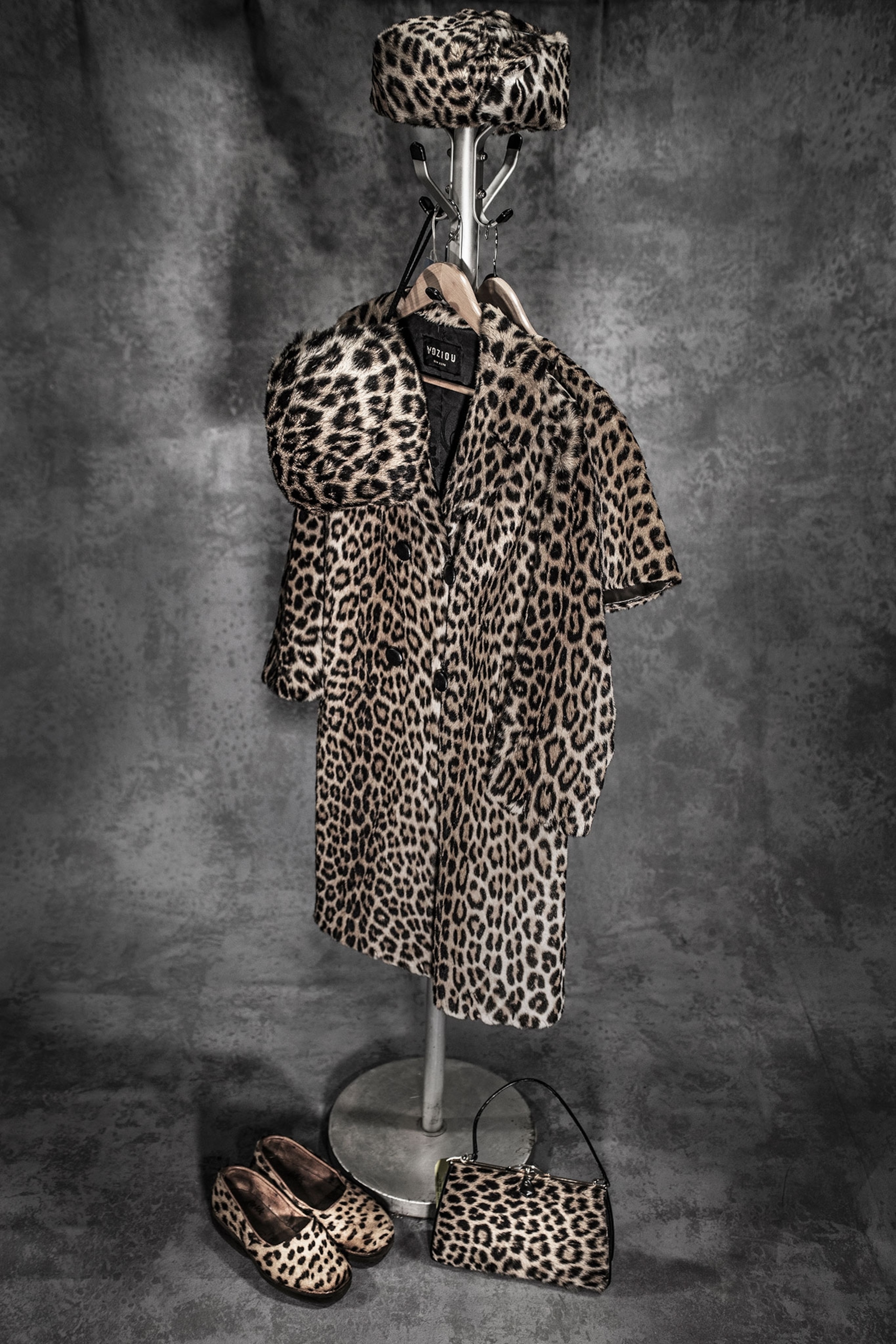
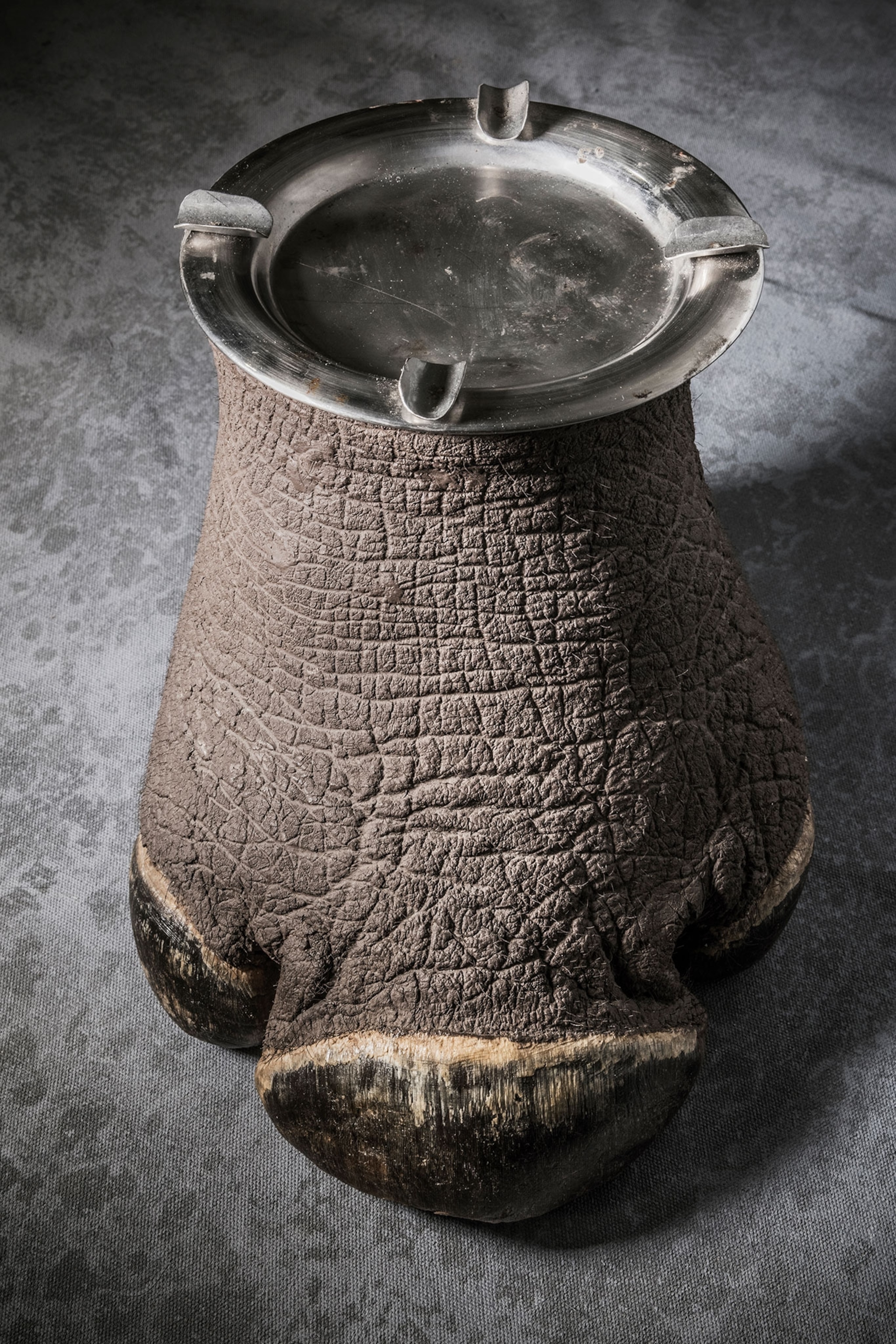
Though the kill-or-be-killed nature of our interaction with wildlife is a thing of the past, a primal instinct remains, Jaschinski theorizes, finding expression through trophy hunting and traditional medical practices founded on the idea that consuming parts of certain animals can endow humans with their essence of strength and vitality. “I think humans have a primitive need to dominate,” she says. “When we lived in tribes it was about survival. Human evolution has gone wrong here.”

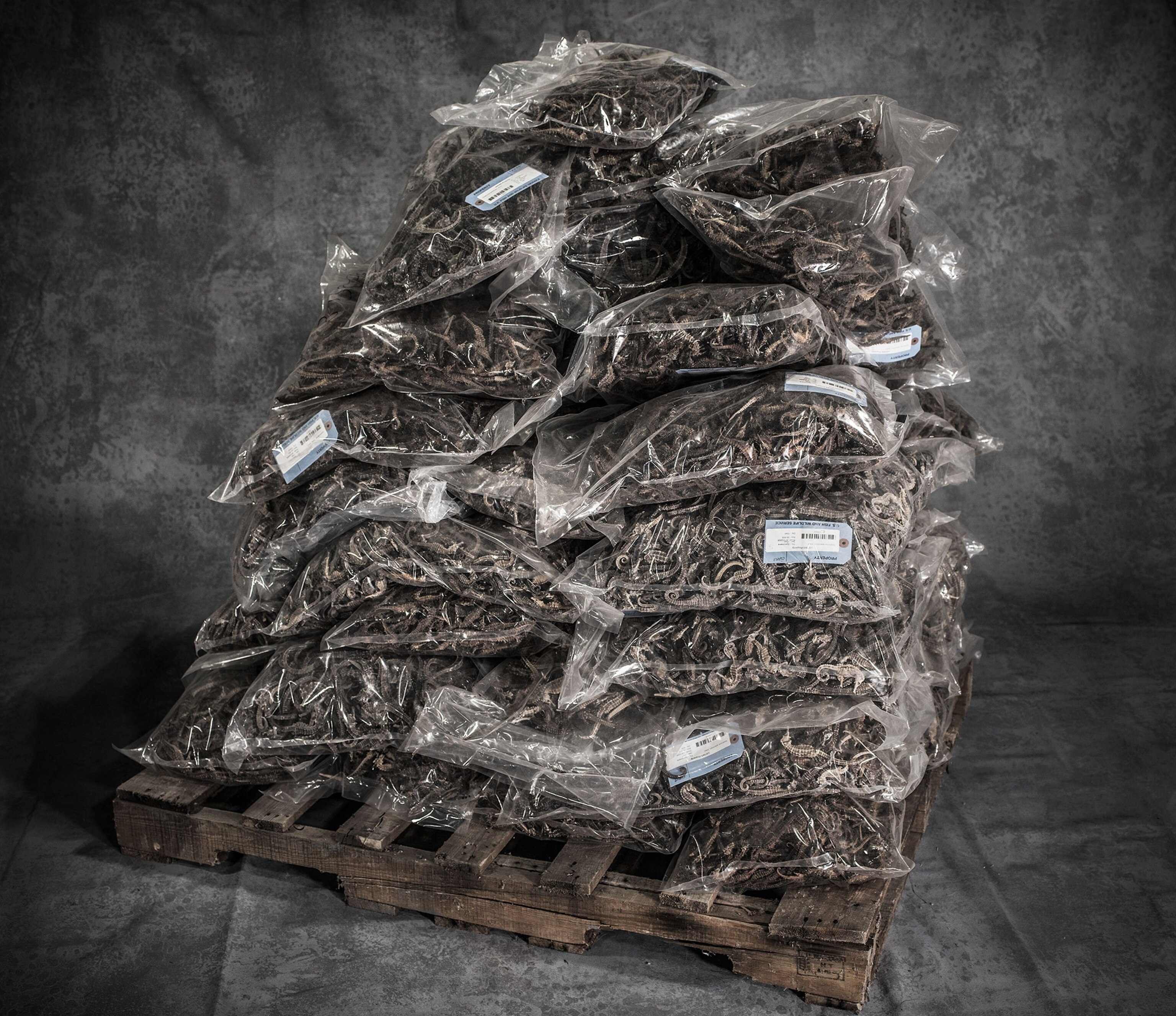
Jaschinksi photographed the items against a hand-painted backdrop that she carried with her to the back rooms of Heathrow airport in London and the National Wildlife Property Repository in Colorado, which houses some 1.5 million items. Rather than being destroyed, they are kept for education and research, and in the case of Jaschinski's project, a way to deliver a powerful message.
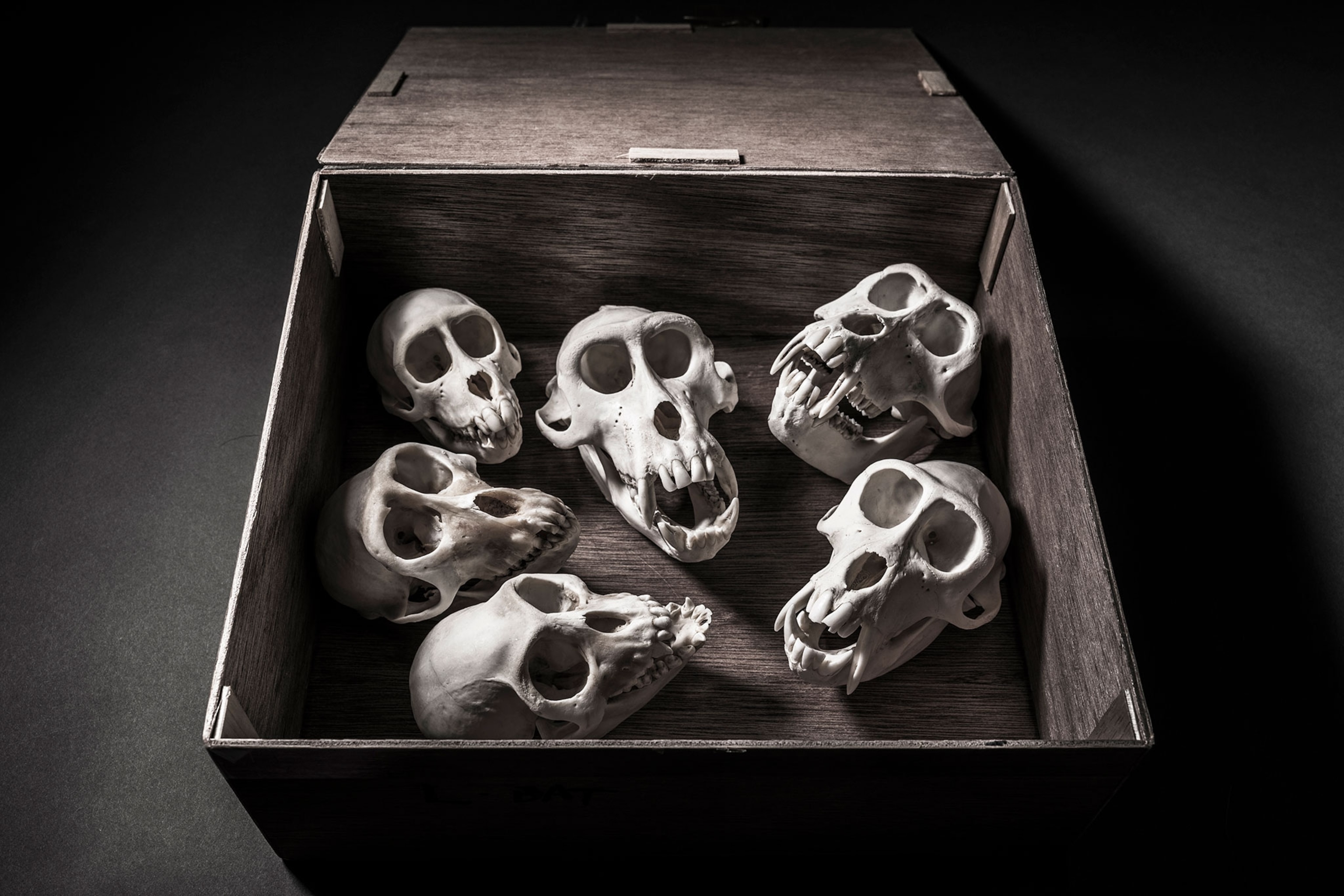
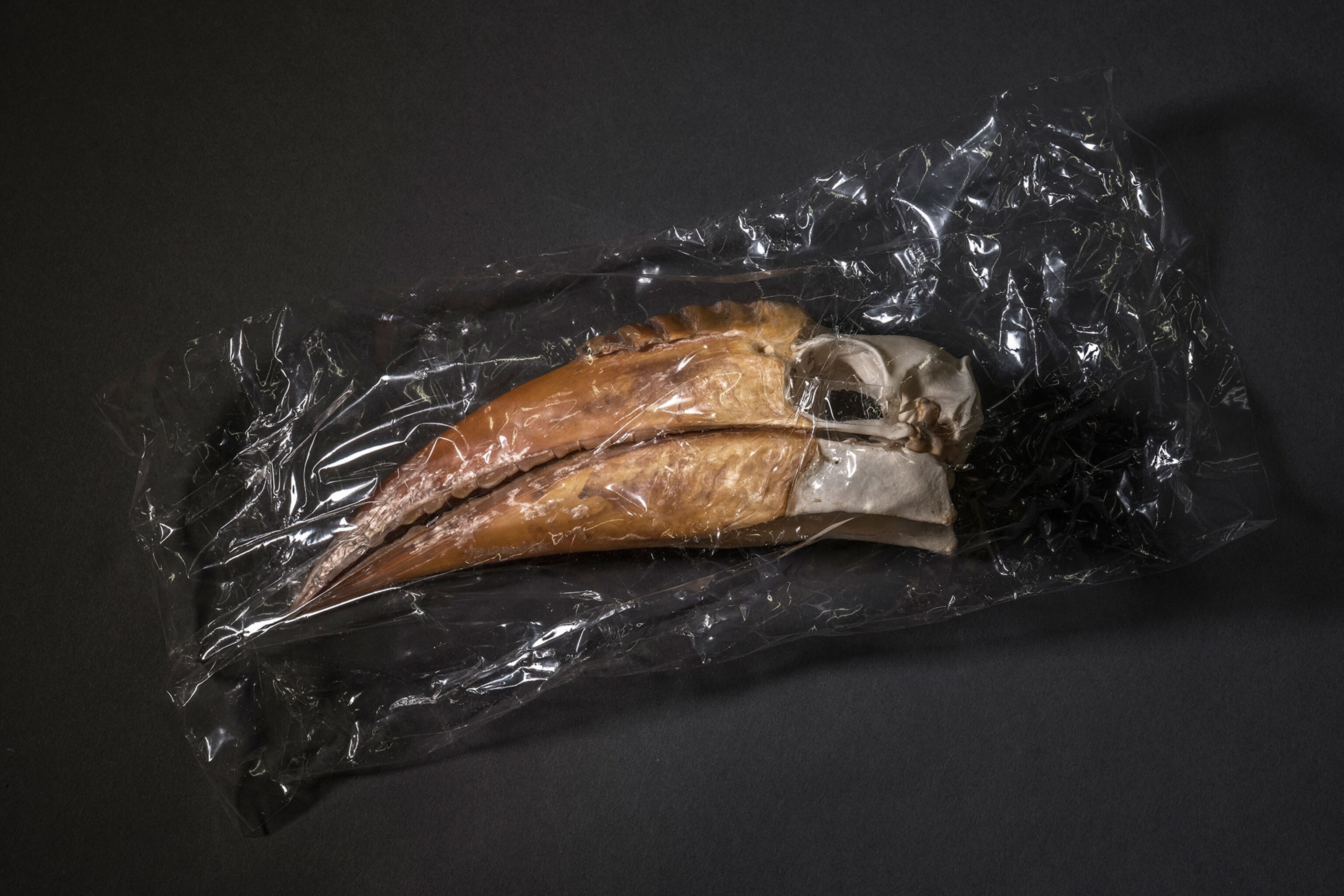
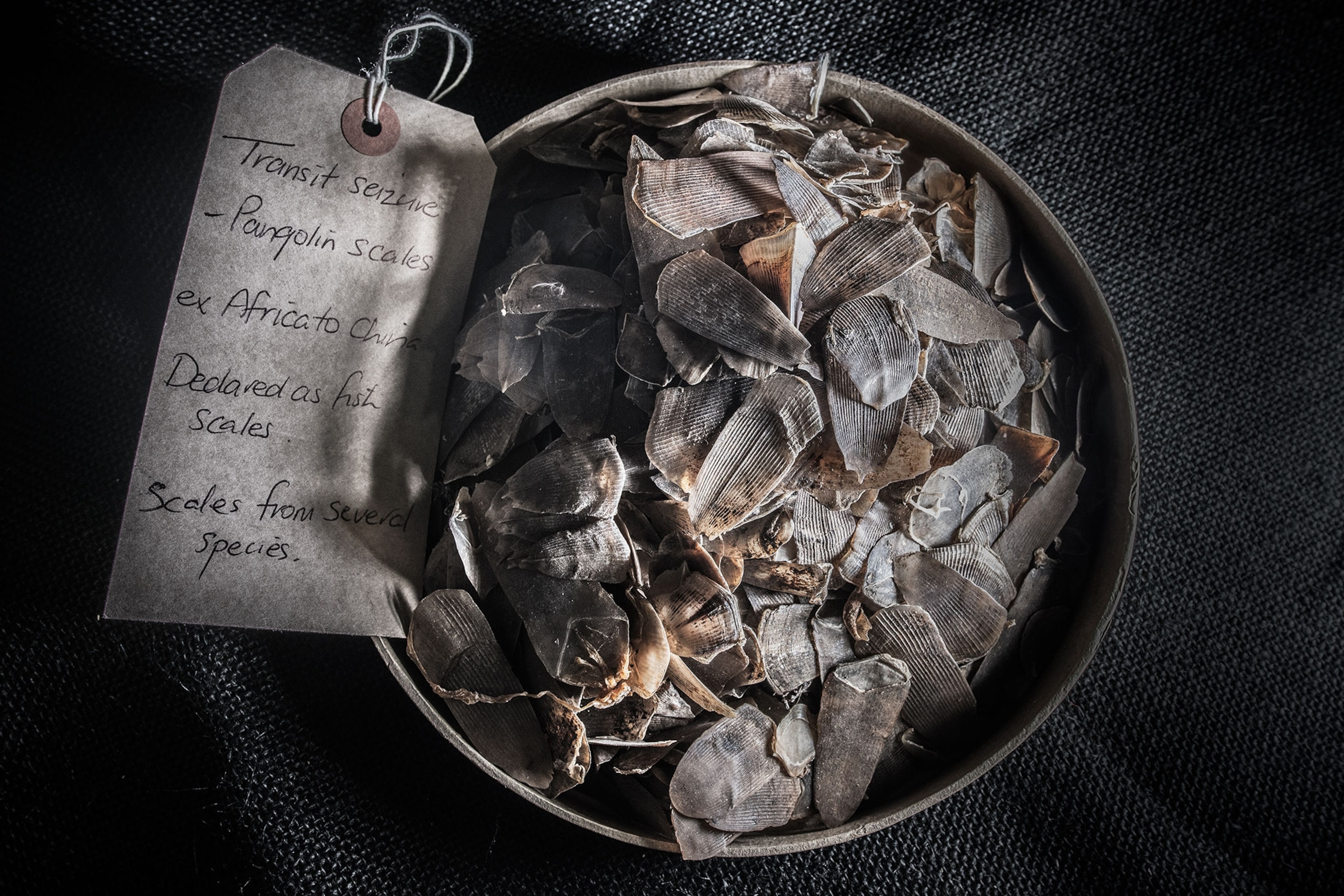
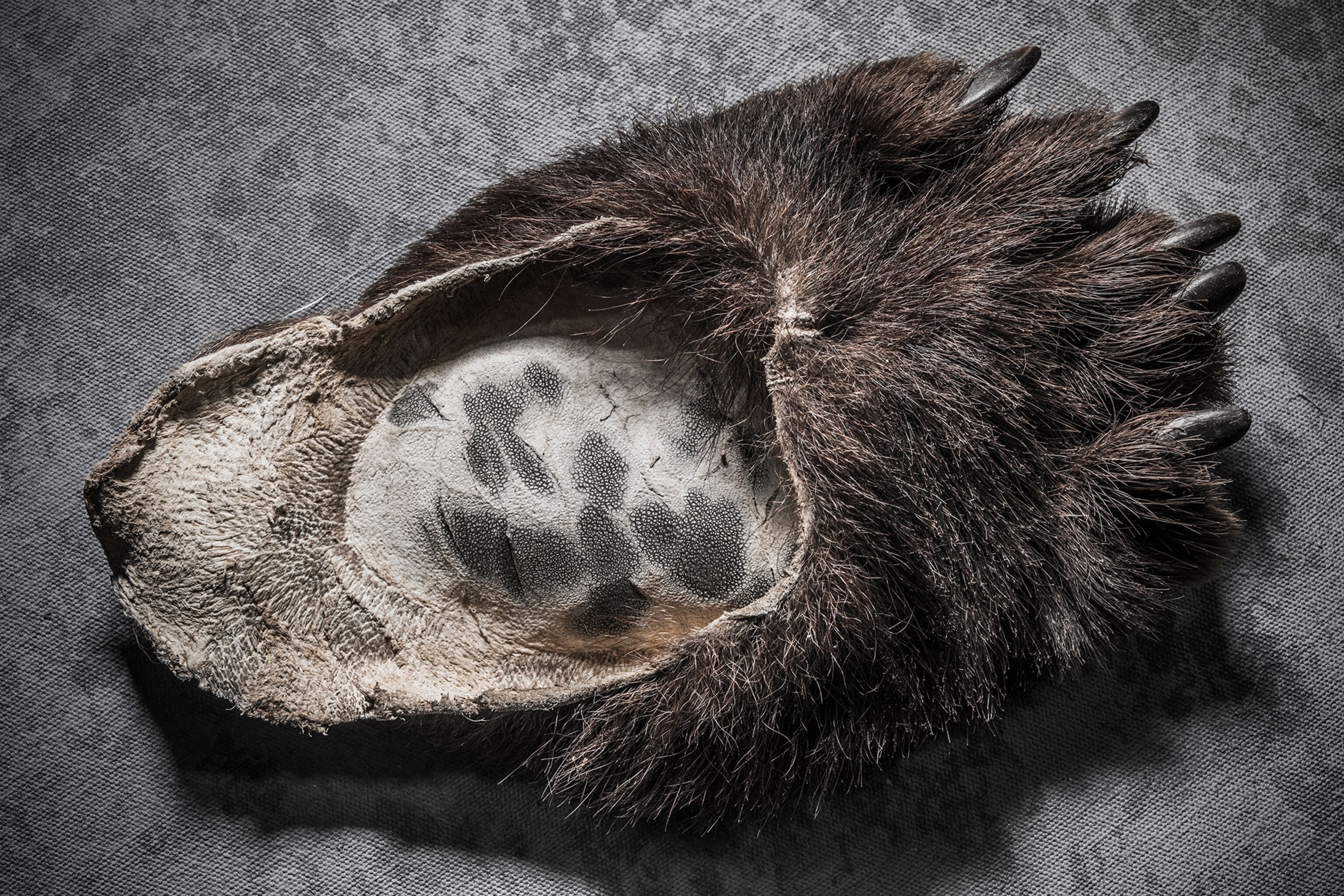
“Wherever I’ve been, I’ve felt the security officers have a lot of respect for these items,” she says. “It is time consuming for them to get these off the shelf and unwrap them. Every time I hear, ‘We are so glad you are here.’”
Jaschinski is currently working on a book with twenty other wildlife photographers, including National Geographic photographers Charlie Hamilton James, Klaus Nigge, Michael "Nick" Nichols, Brian Skerry, and Brent Stirton. They hope to raise awareness and help end demand for wildlife products.
“If every photographer just delivers a handful of photos than we’ve done what we need to do," Jaschinksi says. "Let your heart speak.”

Britta Jaschinski has been named one of the two European Wildlife Photographers of the Year by the Society of German Wildlife Photographers. The other recipient is Erlend Haarberg, whose work has been featured several times in National Geographic magazine.

